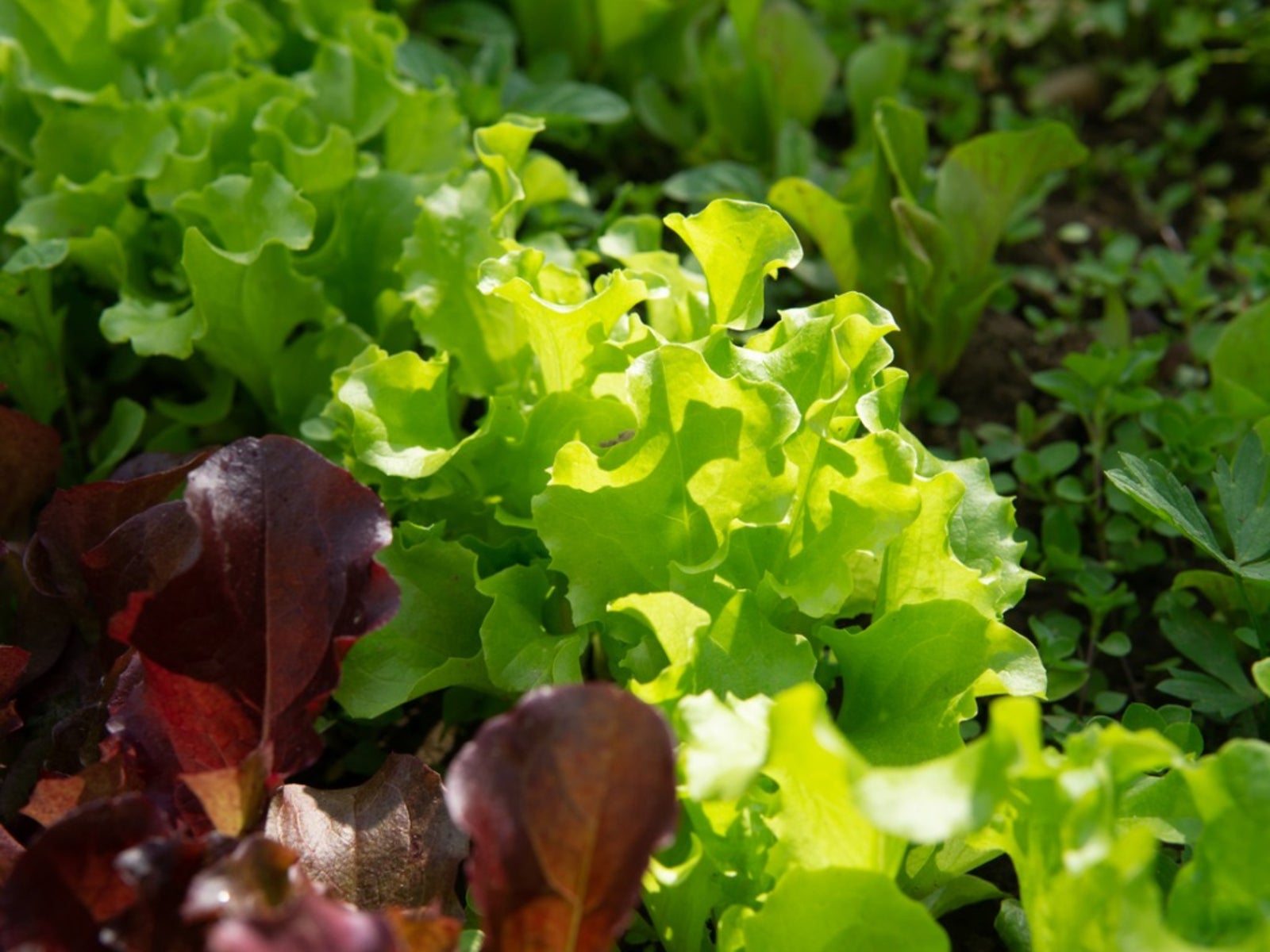Nematodes On Lettuce – How To Treat Lettuce With Nematodes


Nematodes on lettuce can be very destructive, causing a range of symptoms depending on the variety of nematode pest. Generally, though, having this pest infesting your lettuce crop will cause damage, reduce yields, and possibly even wipe out your entire crop for a season.
What are Nematodes?
Nematodes are parasites that attack plants. They are roundworms that are microscopic in size, so that you can’t see them, and they feed on the roots of plants. The nematodes of lettuce infestations may be one or more of numerous varieties. There are nearly 50 species of nematodes that may feast on lettuce, depending on geographic location.
Nematode Damage in Lettuce
The type of damage that nematodes cause in lettuce depends on the species causing the infestation. One type of nematode that typically attacks lettuce is the root-knot nematode. This type causes stunting, uneven growth, and delayed maturity, but the characteristic sign of root-knot nematode is thickenings or galls on the roots of the lettuce plant. Another type of nematode that may infest lettuce is called needle nematode. It causes seedlings to look wilted and later may cause the leaves of the lettuce to turn a grayish color. The needle nematode also causes the roots to swell at the tips and even die. In general, lettuce with nematodes will not grow well or develop smaller heads, and it may also show discoloration in the leaves.
How to Control Lettuce Nematodes
Nematodes can be tough to control or eradicate, but a combination of cultural, biological, and chemical management can have a big impact. Crop rotation has been shown to help, for instance. Rotating areas of the garden between lettuce and a crop, like corn, that does not host nematodes can help keep them out of your soil. Using cover crops, like oats, wheat, or rye grass, which do not host nematodes may also help. If you have had nematodes in your garden, it is important to thoroughly clean all garden implements to prevent their spread. To help your lettuce crop that is stunted and that you suspect of being infested with nematodes, use extra fertilizer and water. Nematodes cause stunting because they prevent plants from taking up an adequate amount of water or nutrients. Adding more nutrients and water can help save a struggling crop. Finally, chemical means can help to control lettuce nematodes, but they are most effective when combined with some of the above strategies. Nematicides are the pesticides that are specifically designed to kill nematodes. These pesticides are harmful to human health, though, so if you choose to use them, do so with the assistance of an expert and be very careful.
Gardening tips, videos, info and more delivered right to your inbox!
Sign up for the Gardening Know How newsletter today and receive a free copy of our e-book "How to Grow Delicious Tomatoes".

Mary Ellen Ellis has been gardening for over 20 years. With degrees in Chemistry and Biology, Mary Ellen's specialties are flowers, native plants, and herbs.
-
 Creative Ideas For Plant Containers: 7 Ways To Save Money And Add Charm To A Garden
Creative Ideas For Plant Containers: 7 Ways To Save Money And Add Charm To A GardenIf you are looking for great ways to add personality to your container gardening – and even save yourself some money – then try these creative ideas for plant containers
By Mary Ellen Ellis
-
 How To Make A Bouquet Garni Or Herb Bundle For Cooking
How To Make A Bouquet Garni Or Herb Bundle For CookingIf you’re a great cook, you may have made an herb bundle before. If this is a new idea, learn how to add sparkle and interest to your dish with a bouquet garni.
By Amy Grant